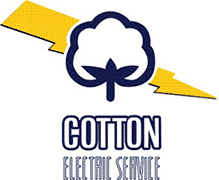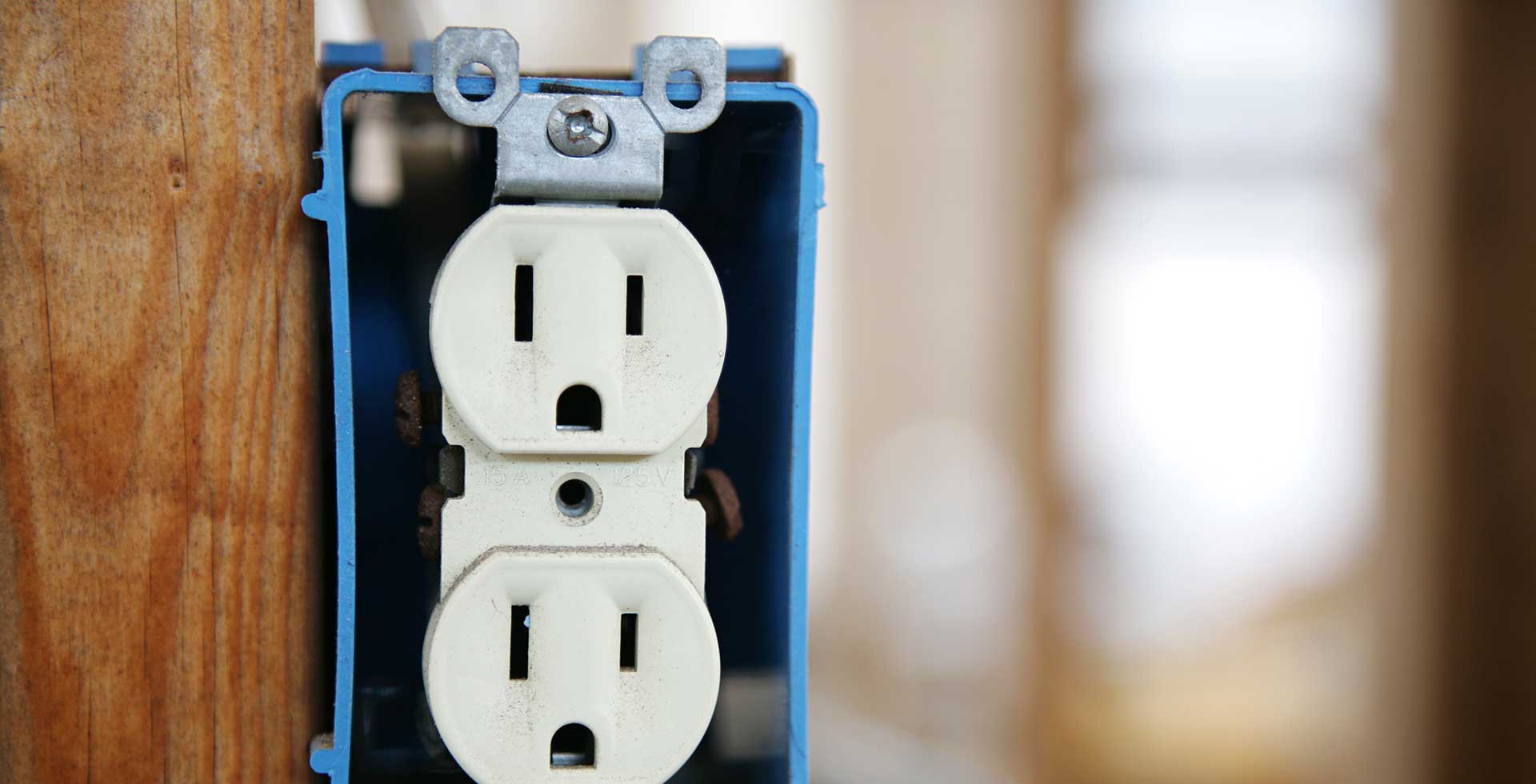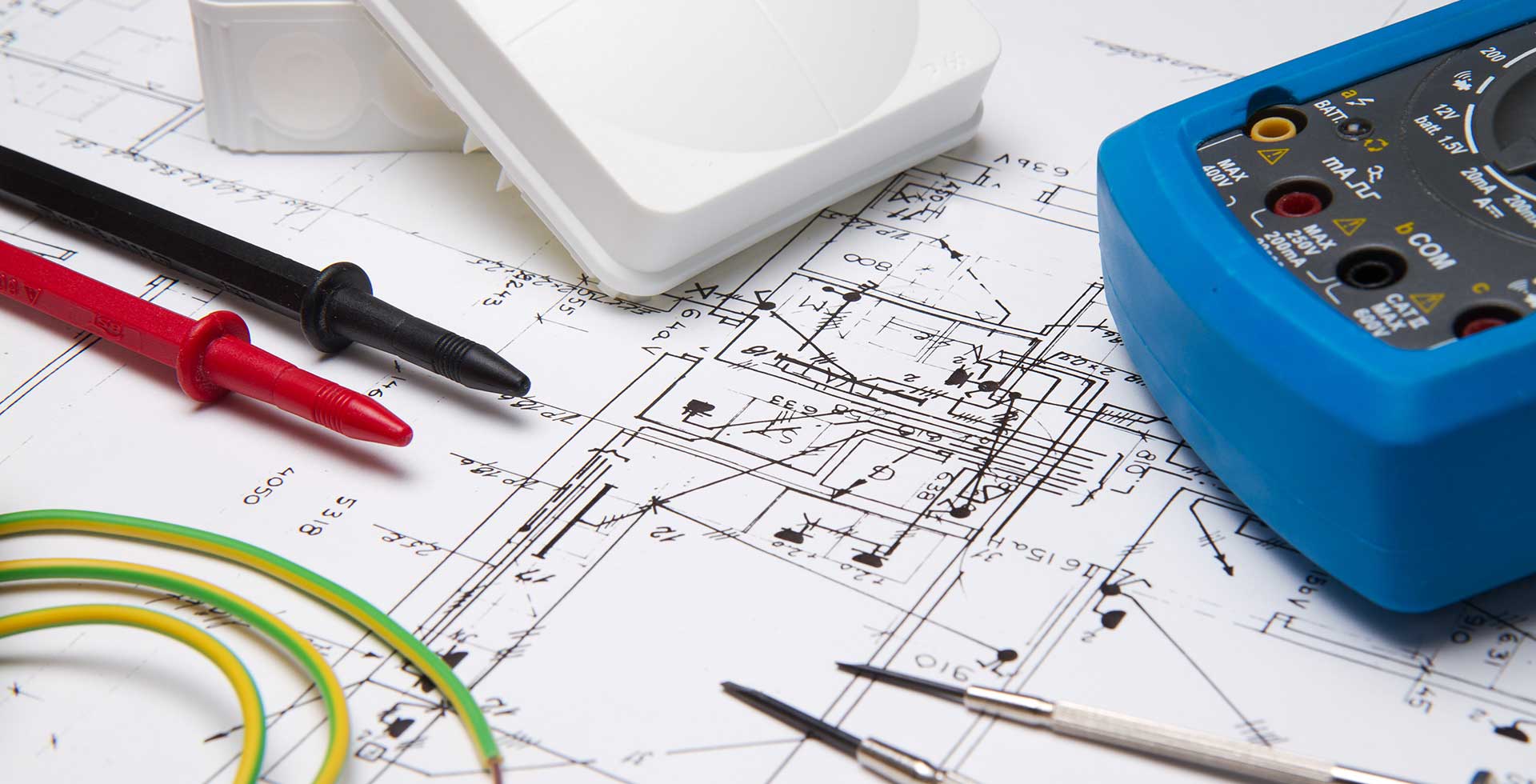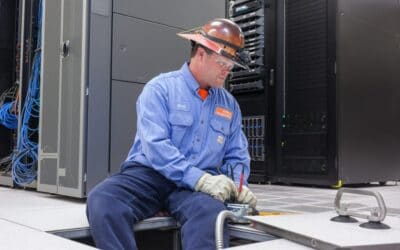When it comes to the electrical systems in our homes, it’s essential to have a basic understanding of how they work.
Whether you’re a homeowner or a renter, knowing the basics of home electrical wiring can help you identify potential issues, make informed decisions, and ensure the safety of your household.
In this article, we will provide an overview of home electrical wiring, covering the key components, safety considerations, and common wiring configurations.
By the end, you’ll have a solid foundation to better understand and communicate with professional electricians, like the ones at Cotton Electric.
Key Components of Home Electrical Wiring
Service Entrance
The service entrance is where the electrical power from the utility company enters your home. It typically consists of a weather head, meter base, and a main electrical panel.
The weather head is the point where the overhead power lines connect to your home, while the meter base houses the electric meter that measures your electricity usage.
The main electrical panel, also known as the breaker box or distribution board, contains the circuit breakers or fuses that control the flow of electricity throughout your home.
Circuit Breakers and Fuses
Circuit breakers and fuses are safety devices that protect your electrical system from overloading and short circuits. They are located in the main electrical panel and are designed to automatically shut off the power to a circuit when it detects an electrical fault.
Circuit breakers can be reset after they trip, while fuses need to be replaced if they blow. It’s important to understand the different types of circuit breakers and fuses, as well as their amperage ratings, to ensure your electrical system is properly protected.
Wiring
The wiring in your home consists of conductors that carry electrical current from the main electrical panel to outlets, switches, and appliances.
There are different types of wiring used in homes, including non-metallic sheathed cable (NM), also known as Romex, and armored cable (AC), commonly referred to as BX or MC cable. It’s crucial to use the appropriate wiring for different applications and to follow local electrical codes and regulations.
Outlets and Switches
Outlets and switches are the points where electrical devices are connected to the electrical system. Outlets, also known as receptacles, provide power to plug-in devices, while switches control the flow of electricity to lights, fans, and other fixtures.
Understanding the different types of outlets and switches, such as standard outlets, GFCI outlets, and three-way switches, can help you troubleshoot issues and make informed decisions when it comes to electrical upgrades or repairs.
Safety Considerations for Home Electrical Wiring
Electrical Shock Hazards
Electrical shock hazards are a significant concern when dealing with home electrical wiring. It’s important to remember that even when the power is turned off, there may still be live wires in the electrical box.
To ensure your safety, always turn off the power at the main electrical panel before working on any electrical wiring. Additionally, it’s crucial to use proper personal protective equipment (PPE) such as insulated gloves and safety glasses when handling electrical components.
Overloading and Circuit Capacity
Overloading a circuit can lead to overheating and potentially cause a fire. Each circuit in your home is designed to handle a specific amount of electrical load, measured in amps. It’s important not to exceed the circuit’s capacity by plugging in too many devices or using high-wattage appliances on a single circuit.
If you frequently experience tripped circuit breakers or blown fuses, it may be a sign that your electrical system needs to be upgraded to meet your power demands.
DIY vs. Professional Electrical Work
While it’s tempting to attempt DIY electrical work to save money, it’s crucial to recognize the limitations and potential risks involved. Working with electricity requires specialized knowledge and skills to ensure the safety and integrity of your electrical system.
It’s always recommended to hire a professional electrician, like the ones at [company], for any electrical installation, repair, or maintenance work in your home.
Common Home Electrical Wiring Configurations
Single-Pole Switching
Single-pole switching is the most basic type of switch configuration used to control lights or other devices from a single location. It consists of a single switch controlling a single light or group of lights.
Understanding how single-pole switches are wired can help you troubleshoot issues such as a malfunctioning switch or a light that won’t turn on.
Three-Way Switching
Three-way switching allows you to control lights from two different locations. It’s commonly used in staircases, hallways, and large rooms with multiple entrances. Three-way switches require a more complex wiring configuration, involving a combination of switches, travelers, and a common wire.
Understanding the wiring principles behind three-way switching can help you install, troubleshoot, or upgrade these types of switches.
GFCI Protection
Ground Fault Circuit Interrupters (GFCIs) are essential safety devices used to protect against electrical shock hazards, particularly inwet or damp locations such as bathrooms, kitchens, and outdoor areas. GFCIs monitor the flow of current in a circuit and quickly shut off the power if they detect a ground fault or imbalance.
Understanding how GFCIs are wired and the importance of their proper installation can help ensure the safety of you and your family.
Split Receptacles
Split receptacles are outlets that have two separate circuits, allowing you to have independent control over each half.
They are commonly used in kitchens and other areas where you may need to plug in multiple devices that require different levels of power.
Understanding how split receptacles are wired can help you properly install or troubleshoot these outlets.
AFCI Protection
Arc Fault Circuit Interrupters (AFCIs) are safety devices that detect dangerous arcing conditions in electrical circuits, which can lead to fires.
AFCIs are designed to quickly shut off the power to a circuit when they detect abnormal arcing, such as that caused by damaged or frayed wires.
Understanding the importance of AFCI protection and the wiring requirements for AFCI circuits can help you ensure the safety of your home.
Conclusion
Having a basic understanding of home electrical wiring is essential for homeowners and renters alike. It allows you to identify potential issues, make informed decisions, and ensure the safety of your household.
In this article, we covered the key components of home electrical wiring, safety considerations, and common wiring configurations.
Remember, while it’s important to have a basic understanding, it’s always recommended to hire a professional electrician, like the ones at Cotton Electric, for any electrical work in your home.










Recent Comments